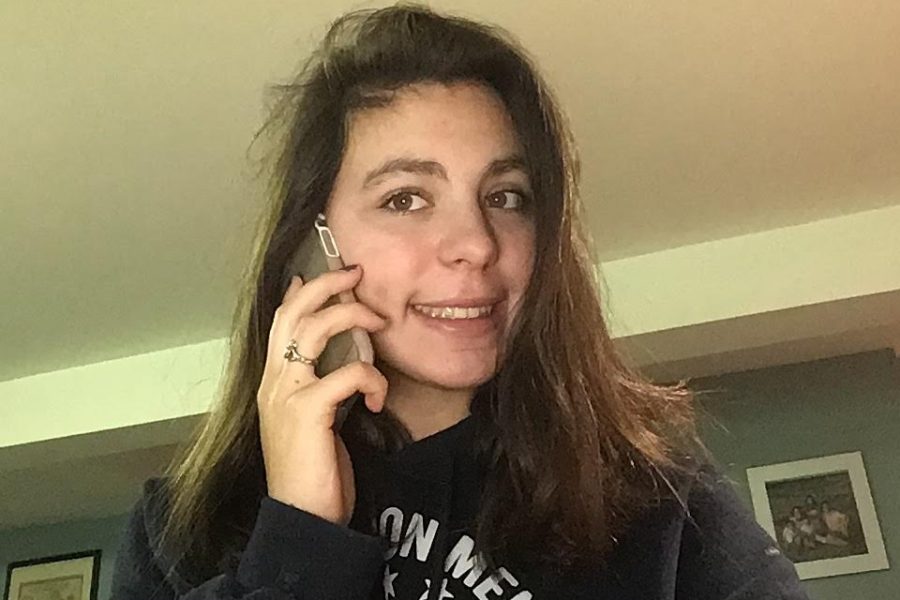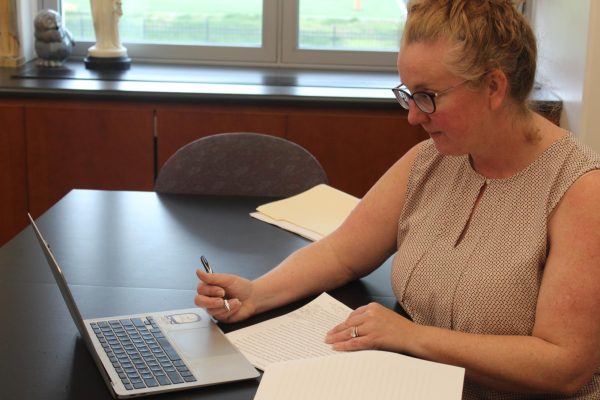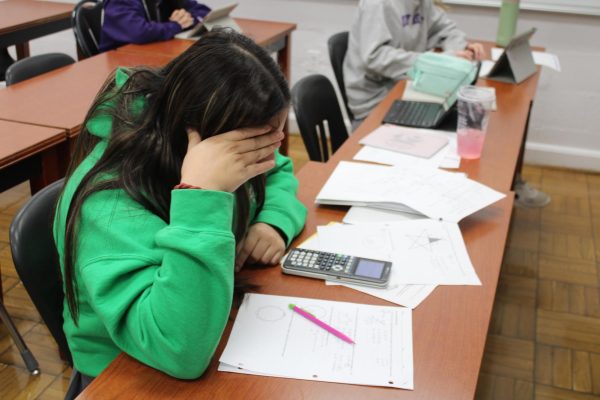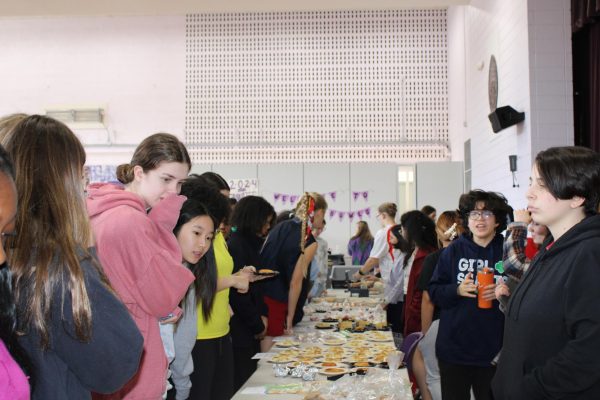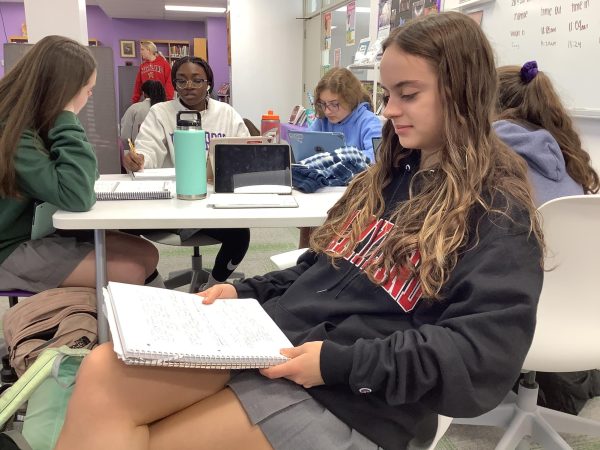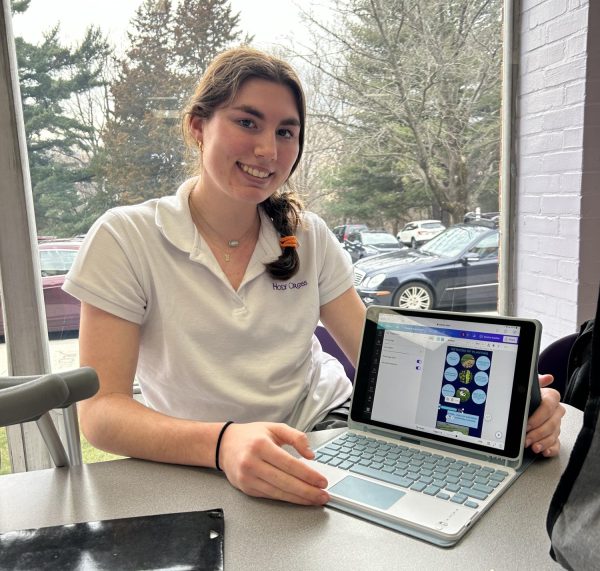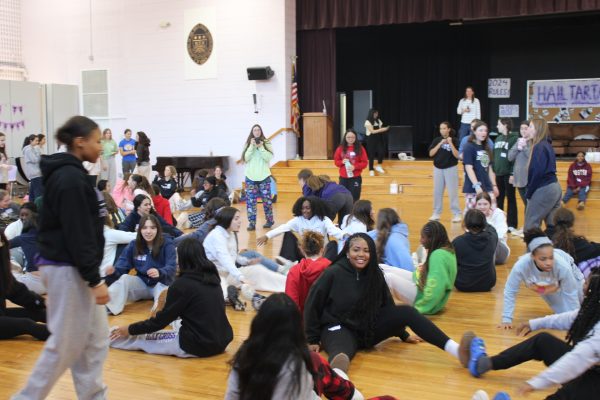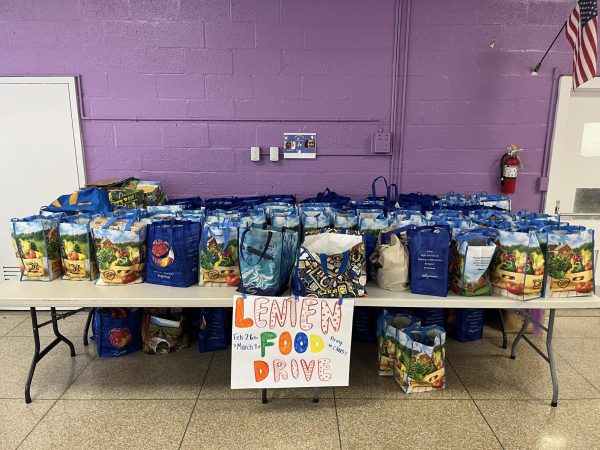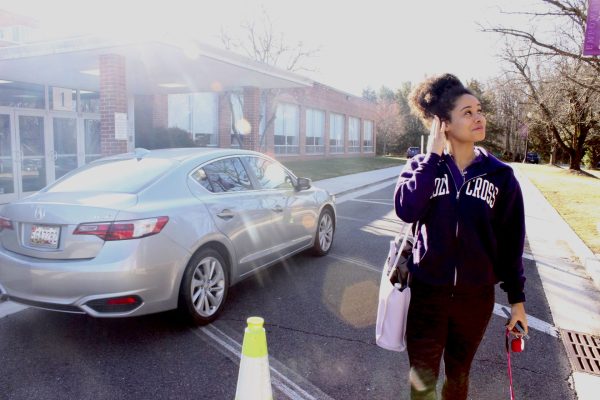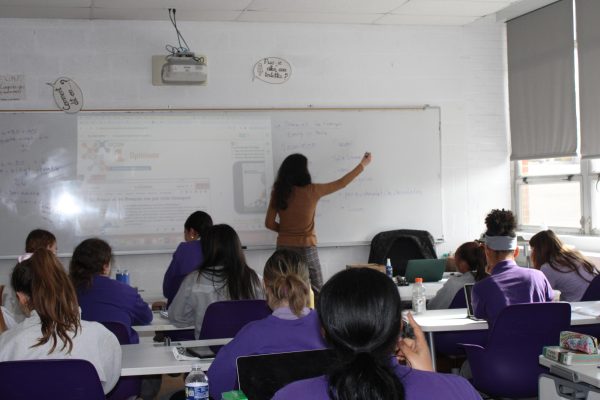Social Media Saves the Day
Photo by Delia Fritz
Sophomore Delia Fritz talking on the phone with her friends.
Due to coronavirus, all the schools in Maryland, including Holy Cross, had to rely on online learning since last March. Maryland governor Larry Hogan called for a statewide lockdown which caused all non-essential workers to stay at home. Being stuck at home, both students and teachers have relied on social media and technology to stay connected to one another.
To keep connected, some students said that social media played a huge role. There are many social media apps in addition to messaging and calling apps that LOTAs found useful.
“Apps like Snapchat that allow you to talk to your friends everyday,” said sophomore Delia Fritz. “Instagram that lets you see what your friends are up to.”
Snapchat and Instagram were two of the main apps that students and young adults utilized. Before coronavirus hit, these were already extremely popular apps with over millions of users, but after quarantine started those numbers began to increase.
With greatly reduced physical contact or in-person communication with their loved ones, staying connected with friends and family was more important to so many people. Sophomore Mackenzie Hoefer felt less worried about going into quarantine because she was confident about social media’s ability to keep her connected with her friends.
“I didn’t worry about losing connections because social media still existed so I knew I could communicate through that,” Hoefer said.
For teachers, having technology that makes remote learning smoother makes their job easier. There has been a benefit to living in the this technological age. Schools like Holy Cross that have the benefit of student technology like iPads, have a major advantage for connection between the school and students during remote learning.
“It is a wonderful gift,” religion teacher Mary Martino said. “Though I am older than most other teachers, I feel lucky that all my students are so tech savvy.”
The quick switch to remote education in March was unexpected. Students had not suspected they would need to rely on their cell phone apps as the only way to stay connected to the ones whom they love.
“We had nothing else to do, really, so it was pretty important and nice to get to talk to them,” Hoefer said.

Victoria is a sophomore at Holy Cross and is very excited for her time in Multimedia Journalism and on the Tartan Times staff. She is a member of the Holy...

